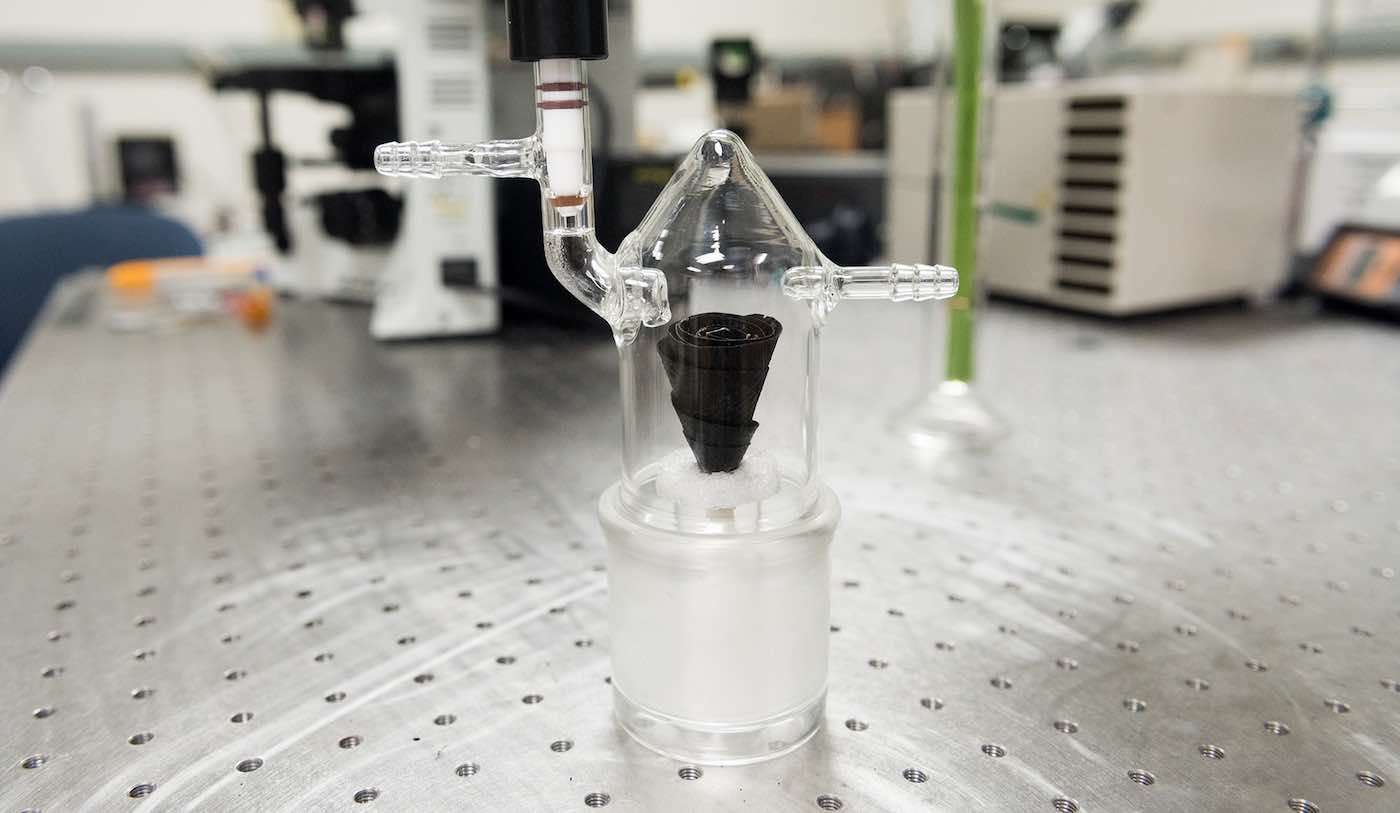New Research Says That Being a 'Dog Person' and Enjoying Puppy Perks is in Our Genetic Makeup
People may be genetically predisposed to being a dog person - and that may mean that they enjoy a number of dog-related health benefits.

Roses may be the inspiration for love and romance, but they are also now the inspiration behind a gadget that could provide clean drinking water for people around the world.
Researchers from the University of Texas in Austin have developed a new device for collecting and purifying water that was inspired by a rose—and it's a dramatic improvement on current methods.
At their Cockrell School of Engineering's Walker Department of Mechanical Engineering the team developed a new approach that uses energy from sunlight to separate salt and other impurities from water through evaporation.
In a paper published in the most recent issue of the journal Advanced Materials, the authors outline how an origami rose provided the inspiration for developing a new kind of solar-steaming system made from layered, black paper sheets shaped into petals. Attached to a stem-like tube that collects untreated water from any water source, the 3D rose shape makes it easier for the structure to collect and retain more liquid.
Current solar-steaming technologies are usually expensive, bulky, and produce limited results. The team's method, on the other hand, uses inexpensive materials that are portable and lightweight so that each flower-like structure costs less than 2 cents and can produce more than half a gallon of water per hour per square meter.
Its resemblance to a flower is no coincidence.
Associate professor Donglei Emma Fan and her team were searching for more efficient ways to use solar-steaming for water production by using black filtered paper coated with a special type of polymer, known as polypyrrole, which is particularly good at converting solar light into thermal heat.
They experimented with a number of different ways to shape the paper to see what was best for achieving optimal water retention levels. Placing the paper flat on the ground in the sun was not efficient enough. After toying with a few other shapes, Fan was inspired by a book she read in high school. "The Black Tulip" by Alexandre Dumas gave her the idea to try using a flower-like shape – and she discovered that the rose proved to be particularly ideal. Its structure allowed more direct sunlight to hit the photothermic material—with more internal reflections – than other floral shapes and also provided enlarged surface area for water vapor to dissipate from the material.
The device collects water through its stem-like tube—feeding it to the flower-shaped structure on top. The polypyrrole coating the flower turns the water into steam. Impurities naturally separate from water when condensed in this way.
"We designed the purification-collection solar-steaming unisystem to include a connection point for a low-pressure pump to help condense the water more effectively," said Weigu Li, a Ph.D. candidate in Fan's lab and lead author on the paper. "Once it is condensed, the glass jar is designed to be compact, sturdy and secure for storing clean water."
The device removes any contamination from heavy metals and bacteria, and it removes salt from seawater, producing clean water that meets drinking standard requirements set by the World Health Organization.
"Our rational design and low-cost fabrication of 3D origami photothermal materials represents a first-of-its-kind portable low-pressure solar-steaming-collection system," Li said. "This could inspire new paradigms of solar-steaming technologies in clean water production for individuals and homes."
Reprinted from the University of Texas at Austin
Clean Up Negativity By Sharing The Good News With Your Friends On Social Media…
Be the first to comment